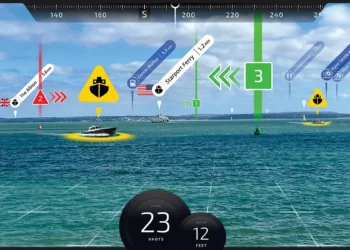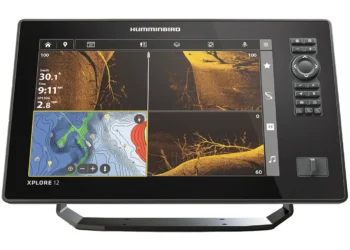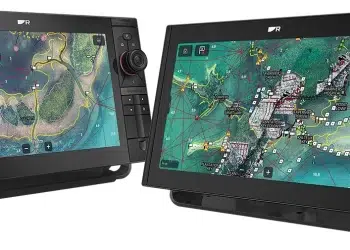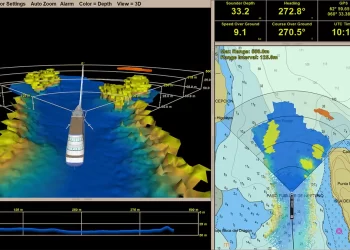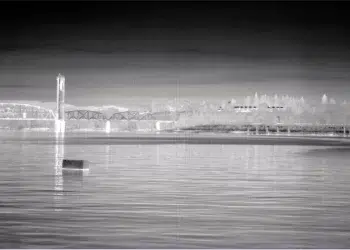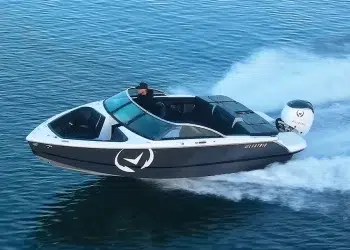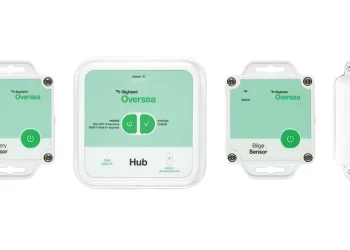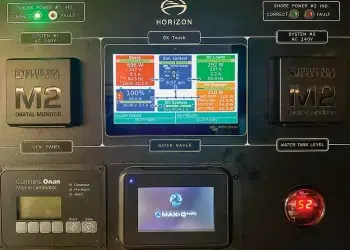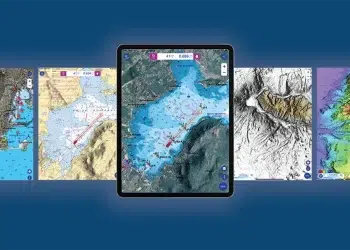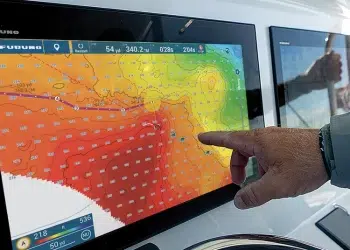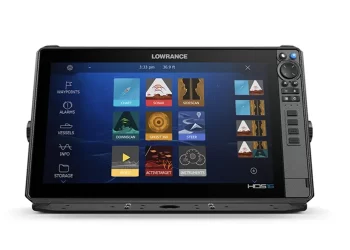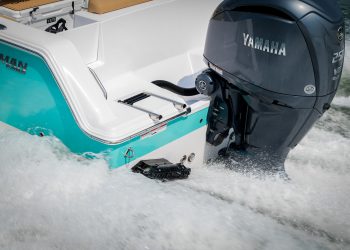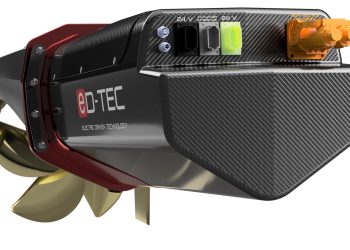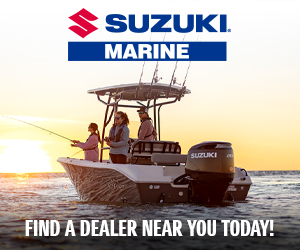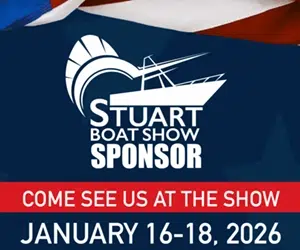Systems
Boat systems are inherently different than that of similar counterpart systems. Heads are certainly not bathrooms, nor are galleys quite the same as kitchens. Southern Boating has articles and resources to keep your heads, galleys and other boat systems in ship-shape.
LOOKOUT: AI 360 Marine Camera for Safety and Navigation
LOOKOUT’s AI CAMERA GIVEs AN intuitive, 3-D augmented view. Detecting marine hazards while boating is key to a safe outing,...
Read moreDetailsBest Fish Finder 2025? Try Humminbird’s New Power Duo
Humminbird’s XPLORE and MEGA Live 2 are a powerful new duo in the world of sport fishing. Humminbird is at...
Read moreDetailsRaymarine Axiom Display Software Upgrade Boosts Angler Control & Charts
Raymarine’s Axiom display adds more powerful features. Some electronic manufacturers update their products by replacing the current model with a...
Read moreDetailsDo You Have Collision Avoidance Tech? SEA.AI & FarSounder Solutions
Collision avoidance is essential to navigation safety. Whether piloting a cargo ship or a center console, collision avoidance is a...
Read moreDetailsInnovative Dash Solutions: Simrad and ICOM’s Latest Tech for Boaters
Latest tech for boaters: Simrad Yachting and ICOM America introduce big ideas for smaller vessels.Need some help at the helm?...
Read moreDetailsFLIR Thermal Cameras: The Ultimate in Marine Safety and Efficiency
The FLIR Maritime Thermal Monitoring System provides a sense of security.Most boaters have heard of FLIR camera systems and their...
Read moreDetailsVision Marine Technologies Energizes Electric Boating with Advanced Battery Systems
Vision Marine Technologies’ battery improvements driving forward electric propulsion for boats. Continuous design breakthroughs are helping Vision Marine Technologies (VMT) make...
Read moreDetailsHelpful: Starlink Internet Connectivity on Your Yacht – Experience the Benefits
Starlink puts the Internet in reach anywhere on Earth. While yachting is about escape, those luxurious days aboard a boat...
Read moreDetailsNew: Boat Wireless Monitoring Systems Can Help Enhance Your Security
Track your vessel in any location with Skyhawk Oversea’s new wireless monitoring system. It’s unfortunate that many marinas, private docks,...
Read moreDetailsUseful, Efficient and Quiet: Horizon Powercats’ New Power Management System
Horizon Powercats implements an inventive power management package.Richard Ford, founder and CEO of The Powercat Company focusing on the Horizon...
Read moreDetailsEnhance Your Marine Navigation With Crowdsourcing Technology
Introduction to TimeZero and Marine CrowdsourcingTimeZero pulls together data for ultra-efficiency.Crowdsourcing is a powerful way to gather and organize data...
Read moreDetailsDive Into Furuno’s Latest: Two NavNet TZtouchXL MFDs
New NavNet TZtouchXL Ultra-Sharp 22-inch and 24-inch MFDs and more I really enjoy having a 27-inch monitor to work on in...
Read moreDetailsInnovative Boat Electronics at the 2023 Miami NMMA
Shaping the Future: The Boat Electronics Revolution at the 2023 Miami NMMA Lowrance and Maretron score at the Miami NMMA...
Read moreDetailsSeakeeper Ride Review: Harnessing the Best Aerospace Tech for Boating
Seakeeper introduces a “stabilizing” system that’s a game changer. It’s always exciting when something new comes along that really makes...
Read moreDetailsRevolutionizing the Seas: eD-TEC’s Pioneering eD-QDrive in Electric Boat Propulsion
The Future is Electrifying Sailing into the Future: eD-TEC’s eD-QDrive and the Rise of Electric Boat Propulsion Electric boat propulsion,...
Read moreDetails

